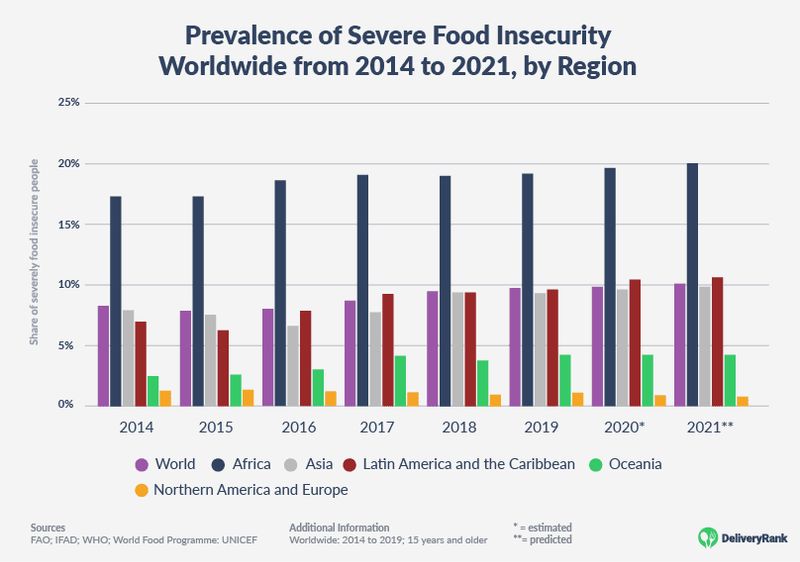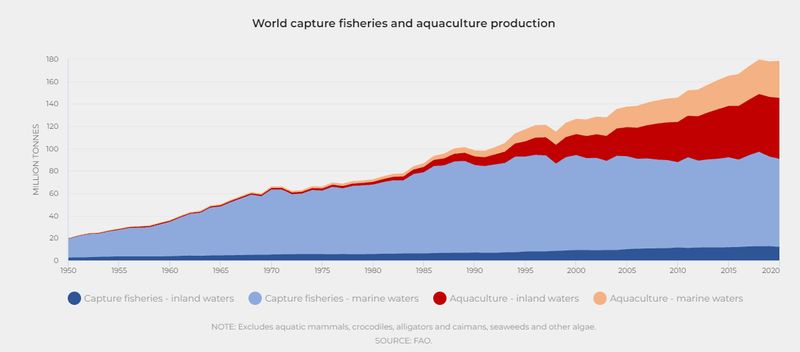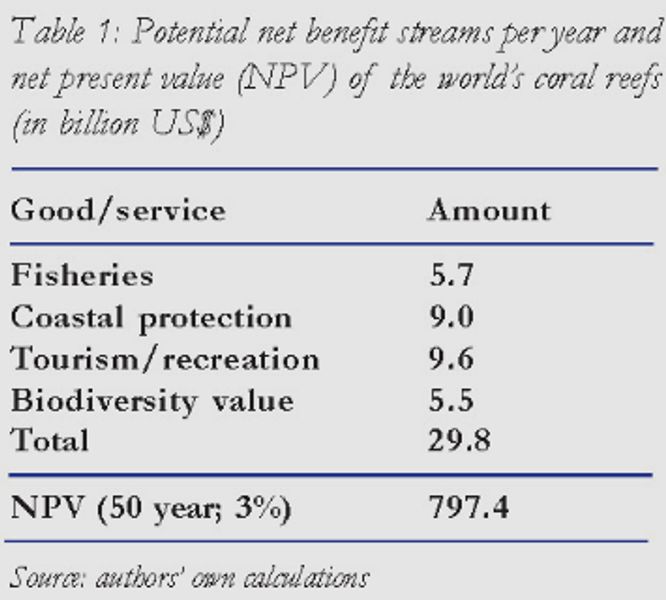Economic impacts
Agricultural impacts
The demand for food is soaring as a result of changing diets and a growing global population. Crop yields are dropping in many regions of the world, and production is struggling to keep up. Based on a 2020 report, the number of hungry people has increased by nearly 60 million over the previous five years to reach close to 690 million, or 8.9 percent of the world’s population. As the world must produce approximately 70% more food by 2050 in order to feed an estimated 9 billion people, the problem of food security will only get worse if under climate change. The problem of food security includes the capture of both land creatures and marine creatures.




The increase in temperature as a result of climate change may benefit crops that prefer a warmer temperature for growth and reproduction. However, every crop has its own optimum temperature and if it is exceeded, yields will decline. Even some laboratory research suggests that an increase in CO2 may benefit crops, but instead it is counteracted by changing temperatures, ozone, and water and nutrient constraints.
Heat waves during climate change might increase the vulnerability to disease, reduce fertility, or even reduce byproduct production such as skim milk from cows. Droughts also reduce the amount of quality forage available to grazing livestock. With a reduced food supply, animals are facing the risk of possible starvation and lack of nutrients and the same applies to the creatures and plants undersea.
Coral reefs are incredibly vital ecosystems. They are extremely valuable to us as humans in addition to being of enormous importance to nature. Reefs provide a source of food and money for millions of people. According to a WWF report, coral reefs are thought to provide ecosystem services worth a net of $30 billion globally. This covers, among other things, goods and services related to the tourism, fishing, and coastal protection industries.
In terms of the fishing aspect, the increase in temperature actually leads to the outbreak of an oyster parasite which further contributes to salmon diseases in the Bering Sea and a resulting reduction in the Yukon Chinook Salmon. More and more outbreaks of marine diseases happen in coral, eelgrass, and eelgrass, homes of many aquatic lives. Aquatic animals’ lifecycle is controlled by temperature, a disturbance that increases the likelihood of disease.
Industrial impacts
The most direct impact industries and companies fear is extreme weather. Flooding, drought, and hurricanes devastate the place we live and most likely the place we work for a living too. Many populations face the risk of unemployment and being displaced at the same time. If more than 10% of the countries’ labor forces are in unemployment, then it is likely for a worldwide recession to happen. Lower wages, a lower standard of living, a decrease in private capital, and the shutdown of factories may all be the results of a simple recession. It’s unlikely for climate change to reverse back to its normal state, so you wouldn’t expect the recession to reverse too, would you? In the end, coral reefs would be at risk since, in order to earn a profit, industry owners are very much likely to exploit certain coral reef areas for profiting activities such as fishing or mining oil.
Some industries are also facing transitional risks as government officials are proposing clean and sustainable energy. Energy and mining companies often bear the burden of these regulations since they emit a lot of carbon dioxide throughout their economic activities and way of conducting business, which is unhealthy for coral reefs.
Commercial impacts
People are becoming less lenient toward CO2 emissions. A sustainable life is becoming a current trend to become the so-called “modern fashion” of the 21st century. During the Russian and Ukraine war that exploded in February, international prime ministers and presidents began to realize the significance of clean energy since countries have been imposing economic sanctions on Russia’s crude oil. According to the European Union: “85% of Europeans believe that the EU should reduce its dependency on Russian gas and oil as soon as possible to support Ukraine. The measures in the Repower EU Plan can respond to this ambition, through energy savings, diversification of energy supplies, and accelerated roll-out of renewable energy to replace fossil fuels in homes, industry, and power generation”.
Tourism would be heavily affected and people shall never see beautiful coral reefs again, because who would visit a place where as soon as you walk down the plane the water level is already at your neck? Not to mention that most islands are the best places for tourism to take places such as Taiwan or Guam. Coastal areas are also usually the most crowded, the most popular places, and the most beautiful to visit, so facing the risk of flooding and coral destruction is really devastating for worldwide coral reef lovers.
In Taiwan, the most significant commercial example would be Gogoro, the biggest electric motorcycle brand in Taiwan. A few years ago, Gogoro began to collaborate with the Taiwanese government in order to not only increase its sale within the Taiwanese motorcycle market but also promote the use of “0 Carbon Driving”. When you buy a Gogoro, you can receive more than $25,000 from the government when you decided to purchase. Nike has also been working on its eco-friendly products ever since 2018, they started to design their own shoes with sustainable and recyclable resources. Sometimes they even spend less in contrast to using original non-sustainable materials, but the shoes tend to look exactly the same! Not only does it lower the cost for companies, but also benefits the environment and customers by possibly enjoying a lower price.

